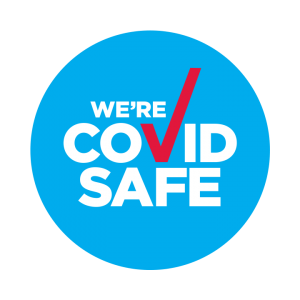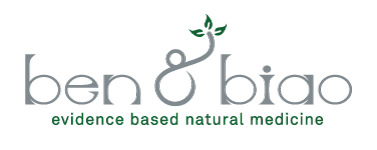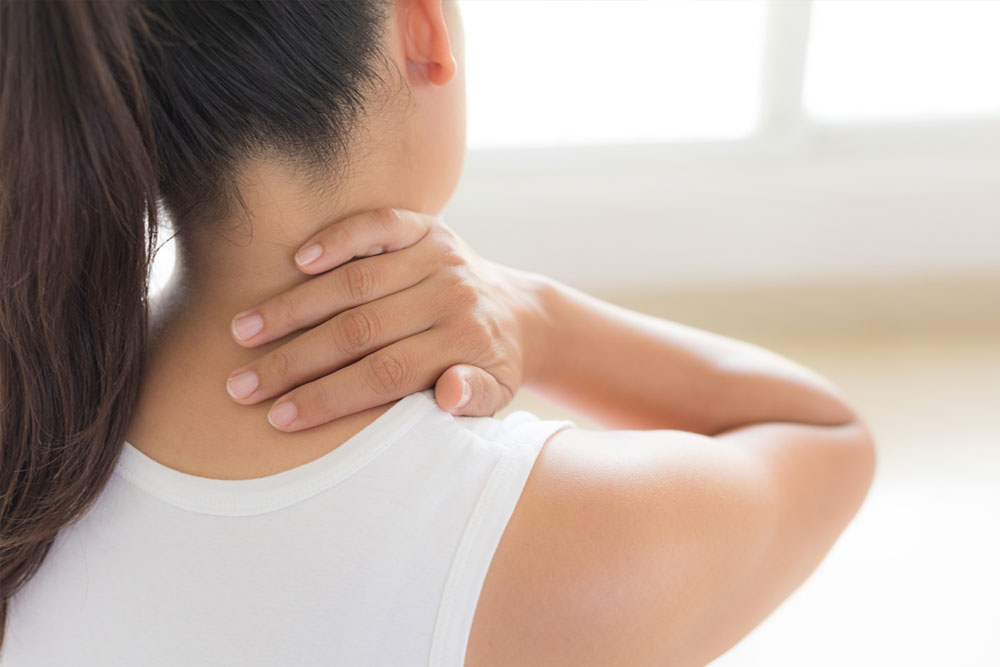This month we have been inundated with shoulder and neck problems. So we thought it would be a good time to do a blog and video (yes we’ve gone live!) on this.
According to population surveys shoulder pain effects 18-26% of adults at any point in time. That’s approximately 1 in 5 people reading this!
What causes Shoulder and Neck Pain?
 Shoulder and neck problems are generally caused by one of the following or a combination of them:
Shoulder and neck problems are generally caused by one of the following or a combination of them:
- Computer work
- Posture
- Looking and working on phones
- Stress
- Sport
- Car accident or other traumas or old injuries
It used to be that trauma and old injuries were the most common reason for pain to the shoulder and neck however, while they are still relevant, today work and lifestyle environments are far more common causes.
The average adult head weighs 8 kilos. It is connected to the rest of the body by just 7 vertebrae. To maintain it’s upright position there is lots of scaffolding! Muscles to the back, Muscles to the front, Muscles to the side. It is these muscles that give the head is flexibility to turn side to side and, look up and down.
Is technology the cause?
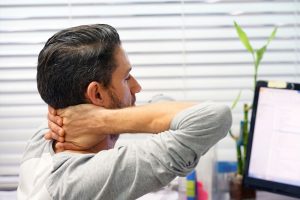 Ideally we should use all the head and neck muscles about the same so that no one muscle overrides any of the others. However, every time you look down at the phone or ipad it is the muscles at the side and back of your neck and those attached to your back and pecs that take the strain. The ones that are at the front start to get weaker.
Ideally we should use all the head and neck muscles about the same so that no one muscle overrides any of the others. However, every time you look down at the phone or ipad it is the muscles at the side and back of your neck and those attached to your back and pecs that take the strain. The ones that are at the front start to get weaker.
Over time this dominance becomes a problem to the body. The muscles at the back and side having been stretched start to lose their elasticity. They put pressure on other muscles that they are attached to or are close by. The muscles involved may actually start to scar and will of course start to ache and give that throbbing pain.
In computer work the body is also looking down but there is additional strain through the repetition of the fingers and forearms. These muscles are overworked and cause stagnation and tightness in the upper arms and shoulders.
Stress
Why is it that stress causes back ache?
Stress from work or life presents physically as tension in the body. As we feel we are under attack the body starts to tighten the muscles ready for fight and flight. If you have long term stress it is quite common for this tension to manifest around the back, neck and shoulders.
Posture
Sitting down for long periods of time causes bad posture. The abdominals weaken which are crucial to a stable mid and upper back. It’s like a building, the foundations aren’t strong so the upper floors strain and buckle.
Referred Pain
There is also the referred pain. Often people are carrying pain elsewhere in the arms such as the biceps and forearms. Have a feel…is anything feeling a bit sore or tight? As the upper muscles tighten it is not uncommon for the nerves to become sensitised and give a referred pain further down the line.
 WHAT TO DO AND WHEN?
WHAT TO DO AND WHEN?
There is the painful stage and the managing stage.
During the painful stage the most crucial aspect is to relax the muscles and turn down the pain receptors.
A great way to do this is through acupuncture.
At ben&biao we use a specific type of acupuncture technique called motor point (not trigger point) activation to specifically target a muscle group and using an electrical device we stimulate each overworked muscle group. In shoulders and neck problems these are muscles such as
- Trapezius
- Levator scapulae
- Scalenes
- Deltoids
This is more effective than massage because the very fine needles can access the deeper muscle groups that are affected and when we stimulate the muscles with acupuncture there are several benefits to this technique of relaxing the muscles:
- The technique is quick – no need to pound away at the sore/tight area.
- We restore the elasticity to the muscle, you will feel it soften and relax
- This takes the strain off the affected joints/bones and eases related pain
- Strength returns to the muscle when it can fire correctly
- It helps to restore the brain-muscle connection and reminds the brain that weak or overstretched muscles are still available to be fired when moving the body – eg firing glutes when running or taking the stairs, not just hamstrings or quads.
Once the muscles that are a problem are determined and activated the treatment itself only takes about 30-45 minutes. Most people feel some immediately relief. Follow ups will depend on the individual and each presentation but generally 2-3 treatments will get you back on track.
During the management stage you need to do some homework to maintain the newly released muscles and to minimize a recurrence of your problems
Management :
- Manage your posture: Yes, everyone is on computers ! it’s unavoidable ! BUT are you taking ‘time out’ to move away from your screen? Is your desk set up optimal to promote good posture?
- Stretching. This is so important. You can do everything else here but if you don’t stretch your muscles will lose the elasticity and tighten.
- Keep the core strong. Those abdominals are the foundation for all the others. Invest in exercise such as pilates or work with a specialist that can identify your weak muscle groups and help you adopt correcting exercises.
- Book yourself in for acupuncture once every 6 weeks to keep on top of muscle tension if you feel everything else might slide.
Prevention is better than cure
If you have shoulder and neck issues book call to find out how we can help or Book an appointment with Sally or Bree now for a treatment.
